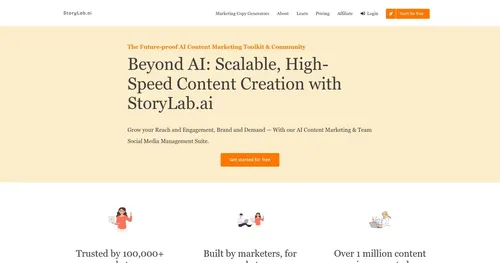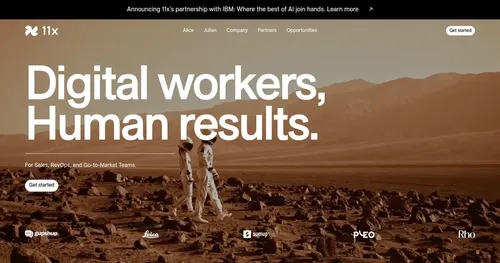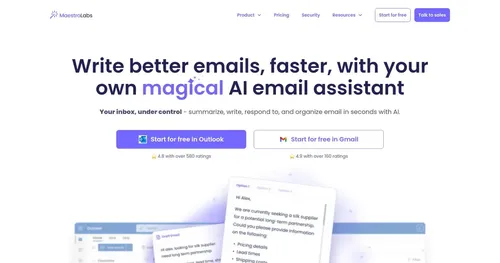BotPenguin by Relinns Technologies

BotPenguin stands out in the crowded field of chatbot builders because it focuses on practical automation without overwhelming users with unnecessary complexity. Think about how many tools promise the world but deliver a steep learning curve; this one keeps things straightforward, letting small teams deploy effective bots in hours rather than days. I appreciate how it handles multichannel support right out of the gate, connecting to platforms like WhatsApp and Facebook Messenger where customers actually spend their time. No more siloed conversations or missed opportunities.
The drag-and-drop builder feels intuitive, almost like sketching a flowchart on a napkin. You start with pre-built templates for common tasks, say lead qualification or FAQ handling, and tweak them to fit your brand’s voice. One feature that catches my eye is the AI-powered conversational logic, which uses natural language processing to keep chats flowing naturally, even when users veer off script. It’s not perfect, mind you; sometimes it misreads intent in niche industries, but the fallback to live agent handoff works smoothly. Compared to something like ManyChat, which shines in marketing automation but lacks depth in AI responses, BotPenguin strikes a better balance for support-heavy use.
Users often rave about the lead generation tools. The bot can qualify prospects by asking targeted questions, then sync data straight to your CRM via one of over 80 integrations, including HubSpot and Salesforce. That’s a game-changer for sales teams juggling spreadsheets. On the flip side, the analytics dashboard, while solid for tracking engagement metrics like response times and conversion rates, could use more predictive insights; it’s reactive now, showing what happened rather than forecasting trends. Still, for the price, which starts free and scales to affordable paid tiers, it undercuts pricier options like Intercom, where you’d pay a premium for similar multichannel reach but get less emphasis on no-code AI.
What surprises folks is the white-label option. Agencies love rebranding the entire platform under their own domain, turning it into a client-facing service without technical headaches. I think this edges out competitors in the reseller space, like Landbot, which offers visual builders but fewer out-of-box AI smarts. BotPenguin’s multilingual support adds another layer, handling 100+ languages for global outreach, though setup requires careful training to avoid cultural missteps. Battery drain on mobile integrations isn’t an issue, thanks to lightweight API calls, but high-volume users might hit conversation limits on the free plan sooner than expected.
The real draw here is reliability. Recent updates fixed earlier glitches in WhatsApp syncing, based on user feedback from forums like G2, where scores hover around 4.5 for ease of use. It’s not flashy, but it gets the job done, turning casual site visitors into nurtured leads. If you’re dipping your toes into AI automation, start with a simple FAQ bot on your site; test responses against real queries, then expand to appointment booking. That way, you build confidence before scaling across channels.
Video Overview ▶️
What are the key features? ⭐
- Drag-and-Drop Builder: Enables users to create chatbot workflows visually without coding, using templates for quick setup.
- AI Conversational Logic: Powers natural language understanding to handle user intents and maintain context across interactions.
- Unified Inbox: Centralizes messages from multiple channels like WhatsApp and Facebook for efficient team management.
- 80+ Integrations: Connects seamlessly with tools like HubSpot and Salesforce to automate data flow and lead nurturing.
- Real-Time Analytics: Provides metrics on engagement, drop-offs, and conversions to optimize bot performance.
Who is it for? 🤔
Examples of what you can use it for 💭
- E-commerce owner: Automates product recommendations and order tracking via WhatsApp to reduce cart abandonment and boost sales.
- Marketing agency: Deploys white-labeled bots on client sites for lead qualification, syncing data to CRMs for targeted follow-ups.
- Healthcare provider: Handles patient FAQs and appointment scheduling on Telegram, ensuring 24/7 availability with privacy compliance.
- Small business owner: Manages support queries on Facebook Messenger, escalating complex issues to live agents for faster resolutions.
- HR manager: Screens job applicants through website chats, collecting resumes and scheduling interviews via integrated calendars.
Pros & Cons ⚖️
- Multichannel support
- Free forever plan
- Multilingual AI
- Basic analytics
FAQs 💬
Related tools ↙️
-
Zopto Automates LinkedIn and email outreach for targeted B2B lead generation
-
Botpress Creates powerful AI agents for seamless automation and customer engagement
-
 StoryLab.ai
An AI-enabled content marketing, employee advocacy, and social media management suite
StoryLab.ai
An AI-enabled content marketing, employee advocacy, and social media management suite
-
 11x
An AI platform that automates sales tasks through digital workers like Alice and Mike
11x
An AI platform that automates sales tasks through digital workers like Alice and Mike
-
Maker.ai Generates high-quality product photos and videos from a single image in minutes
-
 MailMaestro
An AI email assistant that helps professionals manage their inboxes more efficiently
MailMaestro
An AI email assistant that helps professionals manage their inboxes more efficiently

